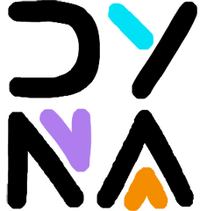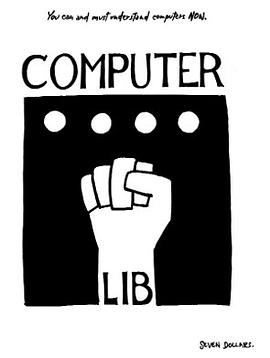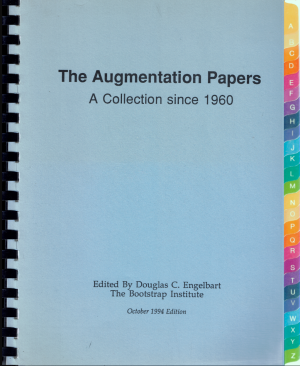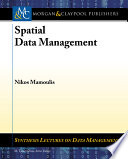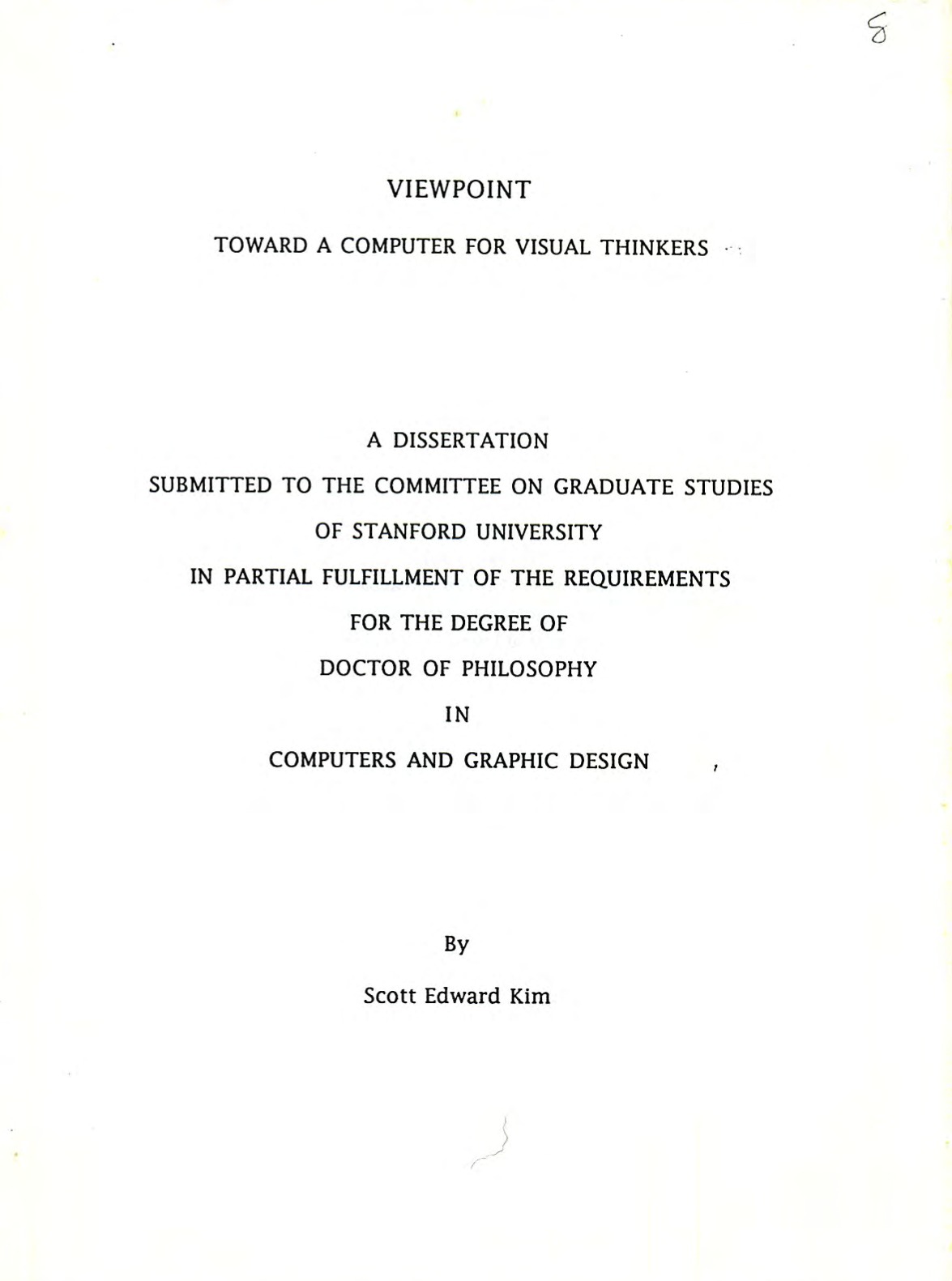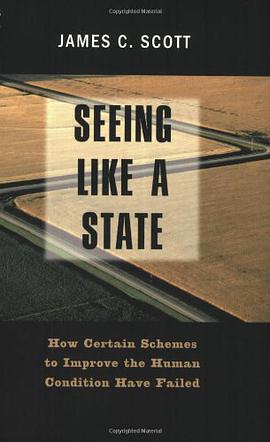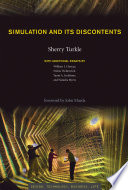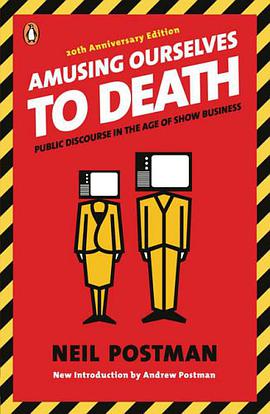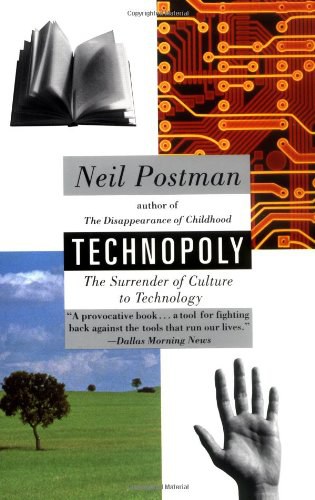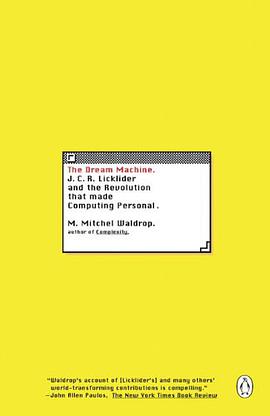Computer Lib/Dream Machines [图书] 豆瓣
作者:
Theodore H. Nelson
Microsoft Pr
1987
- 10
Computer Lib is a 1974 book by Ted Nelson, originally published by Nelson himself, and packaged with Dream Machines, another book by Nelson. The book had two front covers to indicate its intertwingled nature, and was republished with a foreword by Stewart Brand in 1987 by Microsoft Press. Computer Lib, subtitled "You can and must understand computers NOW," was influenced by Brand's Whole Earth Catalog.
Nelson's book is a spirited manifesto that inspired a generation of DIY computer-lovers. In his book Tools for Thought, Howard Rheingold calls Computer Lib "the best-selling underground manifesto of the microcomputer revolution." In Steven Levy's book Hackers, Computer Lib is described as "the epic of the computer revolution, the bible of the hacker dream. [Nelson] was stubborn enough to publish it when no one else seemed to think it was a good idea." Published just before the release of the Altair 8800 kit, Computer Lib is often considered the first book about the personal computer.
Nelson's book is a spirited manifesto that inspired a generation of DIY computer-lovers. In his book Tools for Thought, Howard Rheingold calls Computer Lib "the best-selling underground manifesto of the microcomputer revolution." In Steven Levy's book Hackers, Computer Lib is described as "the epic of the computer revolution, the bible of the hacker dream. [Nelson] was stubborn enough to publish it when no one else seemed to think it was a good idea." Published just before the release of the Altair 8800 kit, Computer Lib is often considered the first book about the personal computer.

